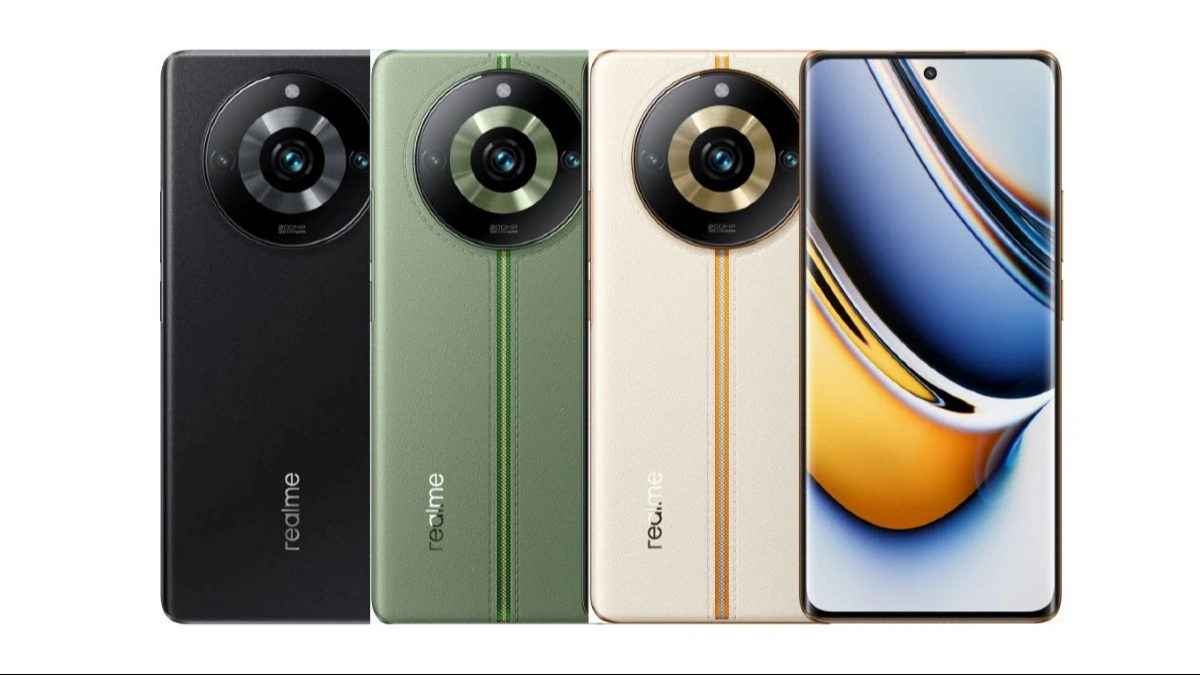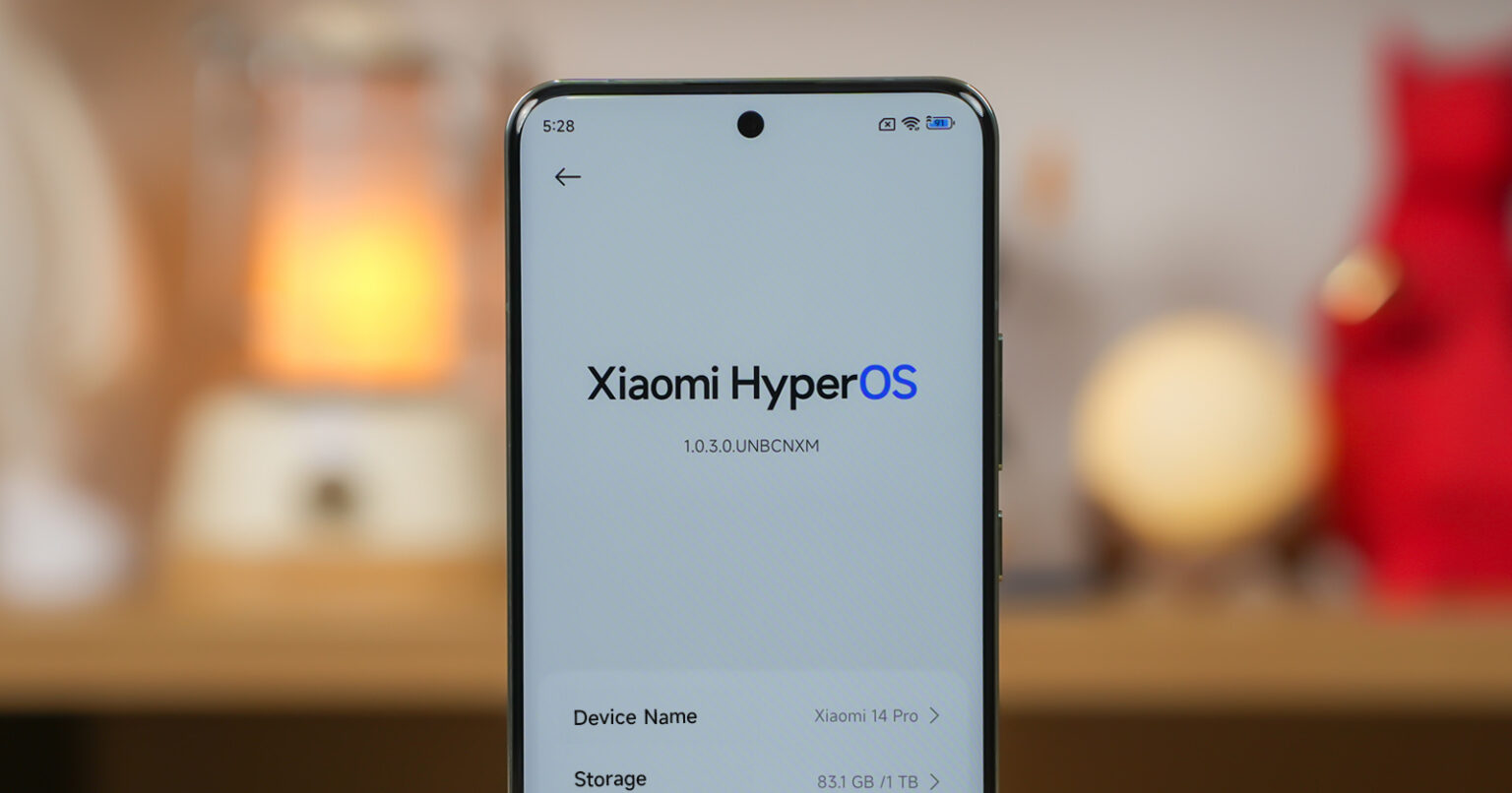The year is 2024. Cross-platform app development reigns supreme, and two titans stand tall: React Native and Flutter. But which will dominate the scene? Get ready for a thrilling analysis, complete with futuristic twists and turns!
In this corner, the veteran champion: React Native. Its JavaScript army is vast, familiar, and battle-tested. Hot reloading is its lightning-fast secret weapon, allowing developers to see changes before their eyes. But whispers of performance hiccups and platform dependence linger in the air. Can React Native evolve to conquer new frontiers?
Opposite it, the challenger: Flutter. Clad in its own Dart armor, it boasts native-quality visuals and smooth animations. Its single codebase, rendered by its powerful engine, promises efficiency and speed. But will its steeper learning curve deter recruits? And can its relatively smaller community keep pace with the ever-changing tech landscape?
Round 1: Performance Prowess
Flutter throws the first punch, its native rendering engine delivering pixel-perfect graphics and silky-smooth scrolling. React Native counters with its optimized JavaScript bridge, closing the gap considerably. This round’s a draw, with both landing solid blows.
Round 2: Developer Delight
React Native, armed with the familiar JavaScript shield, attracts existing web developers with ease. Flutter, however, parries with its expressive Dart language and intuitive widgets, offering a unique charm. It’s a close call, but React Native takes a slight edge on familiarity.
Round 3: Future Focus
Here’s where things get fascinating. Both frameworks are integrating cutting-edge tech like machine learning and augmented reality. React Native, backed by Facebook’s React ecosystem, promises seamless integration with these futuristic tools. Flutter, however, holds a trump card: its own Flutterfire suite, offering ready-made solutions for AI and cloud functionalities. This round goes to Flutter for its bold embrace of the future.
The Final Verdict: A Tie, with Two Paths to Victory
Both React Native and Flutter are formidable forces, each excelling in different areas. React Native caters to the familiar, offering a smooth transition for web developers and leveraging its powerful ecosystem. Flutter, the innovator, pushes the boundaries with its native rendering engine and future-oriented features.
So, who wins? You do. Choose React Native if familiarity and a vast community are your priorities. Pick Flutter if cutting-edge performance and embracing the unknown excite you. Remember, the true winner is the app that serves your users best.
Bonus Round: Upcoming Technology
Keep your eyes peeled for these game-changers:
- WebAssembly Integration: Both frameworks might adopt WebAssembly, enabling near-native performance on the web.
- Foldable and Flexible Devices: Prepare for apps that adapt to ever-evolving screen shapes.
- Low-code/No-code Tools: Expect platforms that let even non-developers build basic apps.
The cross-platform battlefield is dynamic, and these two warriors are constantly evolving. Stay tuned, for the future of app development promises to be both thrilling and unexpected!










